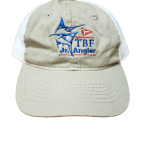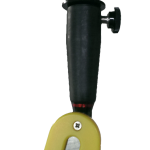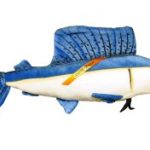The U.S. pelagic longline closed zones and gear restricted areas were established to reduce bycatch of juvenile swordfish by protecting nursery grounds, overfished marlin, sailfish, which remain overfished, large coastal sharks (some remain overfished), marine mammals and loggerhead (“Threatened” under the Endangered Species Act) and leatherback sea turtles (Endangered under the ESA). At the time the U.S. fleet was not landing its swordfish quota, rather it was catching 80% of the Atlantic-wide undersize swordfish, reported as dead discards until international management decided that practice had to stop by 2004.
Authorizing pelagic longline vessels back into juvenile swordfish nursery areas will reduce juveniles in current and recent year classes, which have yet recruited to full size. To remain at a healthy level, the juvenile population needs continued protection. Overfished billfish need the continued protection of the zones and areas because mortality reduction in international waters is not showing promise.
Now, the NMFS proposes to evaluate, under the guise of a “research plan”, whether the pelagic longline closed zones and gear restricted areas were effective and now can provide for full commercial swordfish quota utilization and reduction of the seafood trade imbalance. (U.S. imports 90% of all seafood (combined species) consumed, killing and exporting all Atlantic swordfish inside the U.S. closed zones and gear restricted areas could not significantly reduce seafood trade imbalance – U.S. imported 6 billion pounds of seafood and exported 3.6 billion pounds in 2017.)
As stated earlier, these waters have been extremely productive for the recreational fishing community since the closure, so the possible allowance of commercial fishing in this area is of great concern to us – and should be for all those that fish in the area. Be sure to stay up to date on this issue by subscribing to our newsletter and joining or renewing your membership. We will provide more details and how to provide comments soon.







